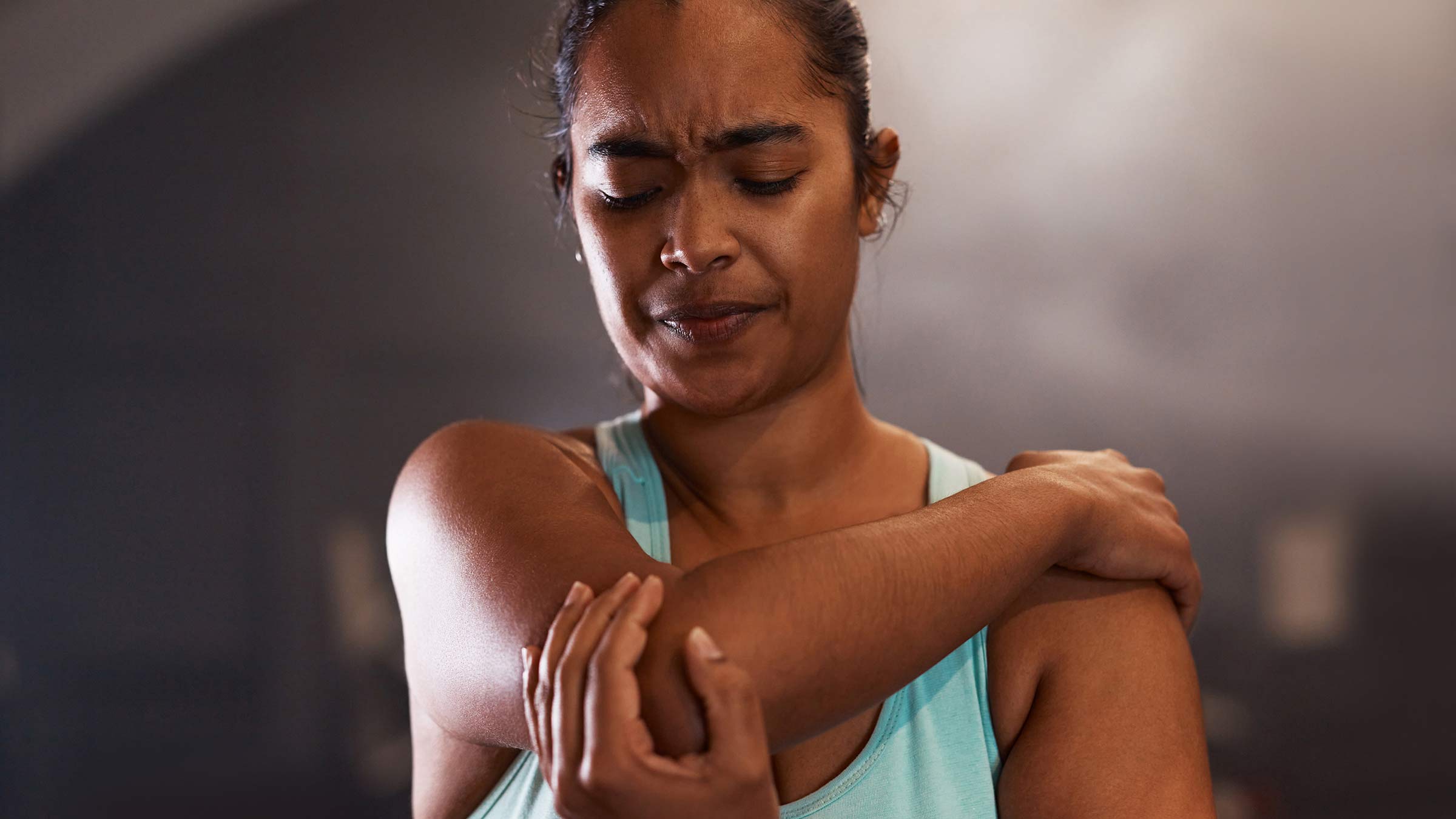
A common myth is that arthritis only affects older people.
As a rheumatologist, I can tell you that arthritis affects a wide spectrum of people throughout the United States, from seniors to young children.
A 2018 study found that arthritis has been significantly underestimated, especially among adults under 65.
Main types of arthritis
Getting diagnosed with arthritis early on is important. The are two main categories of arthritis, and each requires different treatments:
Osteoarthritis
If you have osteoarthritis, caused by wear and tear on your joints, keeping your weight at a healthy level and exercising regularly improves the course of the disease and typically helps limit your pain.
Inflammatory arthritis
If you have arthritis that’s triggered by an autoimmune disorder, your body mistakenly attacks the cushioning in your joints. Examples include rheumatoid arthritis, psoriatic arthritis and juvenile idiopathic arthritis. Delaying being diagnosed or treated for an inflammatory arthritis could lead to irreversible damage to your joints and disability.
Juvenile arthritis
Juvenile idiopathic arthritis is the most common type of arthritis found in children and teenagers. The disease typically causes joint pain and inflammation that affects your hands, knees, ankles, elbows and/or wrists. Other parts of the body may also be affected. It may last into adulthood.
Causes: The exact cause of juvenile idiopathic arthritis is unknown, but scientists believe it's likely a combination of genetics and environmental factors, such as viral infections. This is an inflammatory arthritis in which the immune system attacks the body's own cells and tissues leading to joint pain, tenderness, redness, swelling, and difficulty moving.
Arthritis symptoms
Understanding the symptoms of arthritis is key.
Osteoarthritis typically causes pain in your joints, most often in your knees, hips and spine. That pain gets worse with physical activity, often later in the day.
Inflammatory arthritis presents the opposite pattern. Stiffness and pain occur in the morning when you wake up, before any physical activity. A few hours after you start moving around, the pain and stiffness typically improve.
If you have joint pain, stiffness and swelling, particularly in smaller joints, such as in your wrist or hand, consider visiting a health care provider.
Risk factors for arthritis
- Family history and genetics
- Obesity
- Age – the risk increases as you get older
- Sex – women are more likely to develop arthritis
- Environmental factors, such as certain infections and smoking or second-hand smoke
Additional signs of arthritis
Besides causing pain in your joints, arthritis can lead to:
- skin rashes
- loss in bone density
- eye inflammation
- dry mouth
- lung problems, including pulmonary fibrosis, anemia and a higher risk of strokes and heart attacks
Even after you’re diagnosed with arthritis, monitoring your overall health is crucial, especially for those with inflammatory arthritis.
Can you get arthritis at any age?
An injury can lead to osteoarthritis at any age. Osteoarthritis generally affects adults, but it can start at a young age if you experience trauma or injuries to joints, such as from a sports injury.
At what age does arthritis usually start?
That varies. About 75% of people living with osteoarthritis are over 55, and 60% of them are women. Osteoarthritis can develop earlier if you have a history of trauma to your joints, and if you have another type of arthritis that affects your joints.
You can get rheumatoid arthritis at any age, but it's most likely to show up between ages 30 and 50.
Can you stop arthritis from forming?
No. There is no known cure for arthritis. However, you can take steps to lower your risk of arthritis developing or worsening. These steps include strengthening exercises, dietary changes and adjustments to daily habits.
Eating less meat, sugar and processed foods can’t necessarily prevent inflammatory arthritis from occurring. But it could help lower inflammation in your body that may aggravate your joint pain.
Does arthritis go away with exercise?
Exercise won’t eliminate arthritis, but it can make the symptoms a lot better and slow down the progression. It’s important to select the right kind of exercises. If you have knee/hip arthritis, avoid weight-bearing exercises such as using a treadmill, which can hurt your knees and hips more. Instead, try to do more non‐weightbearing exercises such as biking or swimming.
The right kinds of exercise can improve your health without hurting your joints. Combined with a treatment program, exercise can add to your quality of life. And it can:
- Strengthen muscles around joints.
- Help maintain and improve bone strength.
- Increase your energy.
- Improve sleep.
- Help control weight.
- Improve balance.
- Improve mood.
Can I live a long life with arthritis?
Yes. Osteoarthritis can significantly affect the quality of your life, even though it’s not life- threatening. If you have arthritis, it’s important to take especially good care of yourself – to relieve pain, improve function and cope with difficult emotions.
The American College of Rheumatology recommends not only medication but also non-drug treatments if you have osteoarthritis of the hips and knees. These methods include weight loss, physical therapy and complementary therapies, such as acupuncture and massage.
How long you live is influenced by many factors such as your genes, age, medical history and lifestyle. Rheumatoid arthritis can shorten your life expectancy by an average of 10 years compared to people who don’t have the disease. But treatment of inflammatory arthritis, such as rheumatoid arthritis. has expanded much in the past 20 years, and people with rheumatoid arthritis are living longer than ever before.
Though the disease may still affect life expectancy, rheumatoid arthritis doesn’t have as much of an impact as it did in the past. Newer, better medications treat inflammation, lower disease activity, and control the disease.

Is arthritis pain holding you back?
Our team is here to help!
Learn more and schedule an appointment




